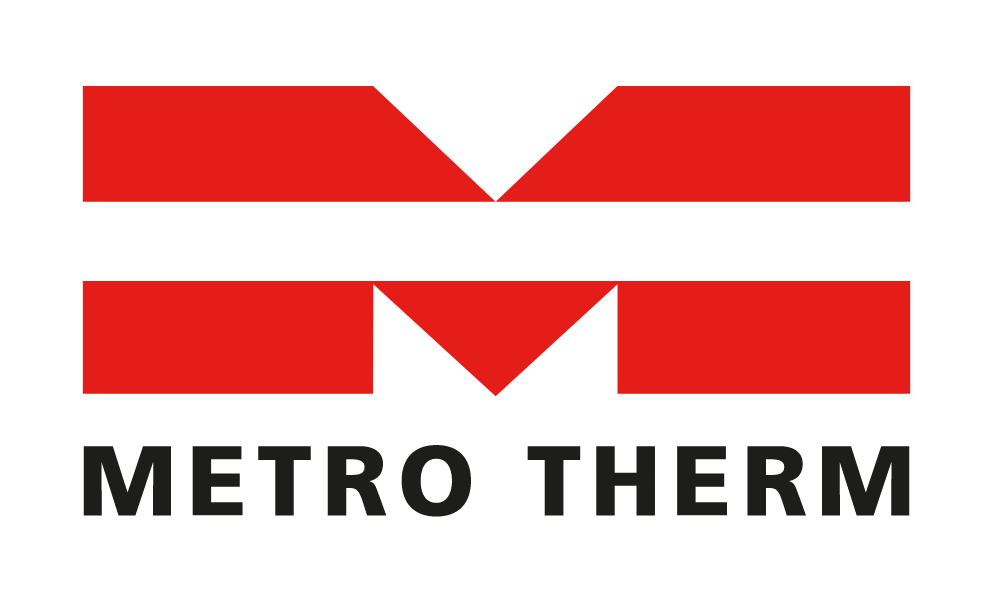Which water-to-water heat pumps are compatible with Dualsun SPRING MAX panels?
Dualsun MAX panels have been designed to be coupled with water/water heat pumps.
Compatibility criteria
The compatibility criteria for heat pumps are as follows:
Compressor equipped with inverter technology (variable compressor speed, which allows the heat output to be modulated, thereby optimizing electricity consumption)
A minimum collection temperature of at least -15°C. This is a crucial criterion when choosing a heat pump: for example, a heat pump with a minimum temperature of -10°C will reduce the system's performance by around 25% compared to a heat pump with a minimum temperature of -15°C, as the electric backup is used more often during the coldest periods of the year.
an integrated defrosting system (internal or external to the heat pump)
an integrated electric backup system (internal or external to the heat pump)
List of compatible heat pump manufacturers (non-exhaustive)
Manufacturer | T°min/max evaporator | Refrigerant | Countries available | Defrosting logic |
-20°C / + 30°C | R454C | France, Belgium, Switzerland | Internal | |
-12°C / + 30°C | R454B | All europe | with PVT 40 kit from NIBE | |
-25°C / +35°C | R290 | All europe | Internal | |
-15°C / +30°C | R410A | Austria, Switzerland, Germany, UK | ||
-15°C / +25°C | R290 | Denmark, Sweden, Norway | internal |
We are in contact with most other heat pump manufacturers to study and validate the compatibility of their heat pump ranges, such as Atlantic, Vaillant, Viessmann, Stiebel, Weishaupt, Lemasson, etc.
Please see this article for more information on sizing your solar installation: How many Dualsun finned SPRING4 panels are necessary to provide heat to a ground source heat pump ?
What other hydraulic connection configurations are possible?
There are many possible configurations when connecting hybrid panels to a heat pump.
It is possible to use a buffer tank (particularly for multi-unit residential buildings) or geothermal probes (to store summer heat in the ground).
For more information: Can Dualsun SPRING panels be connected to a geothermal installation?
If you have a specific requirement or questions about other possible configurations, please contact us.





